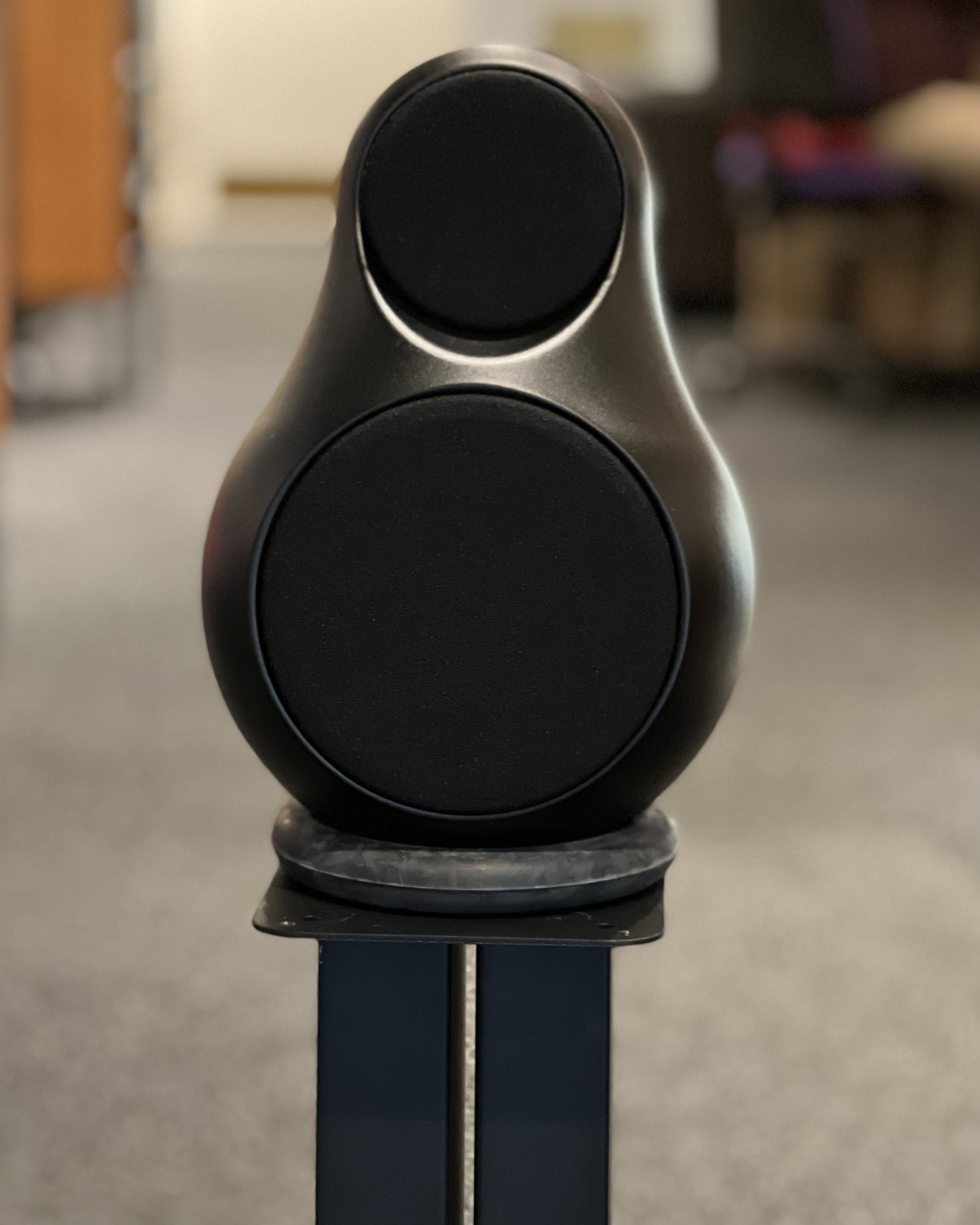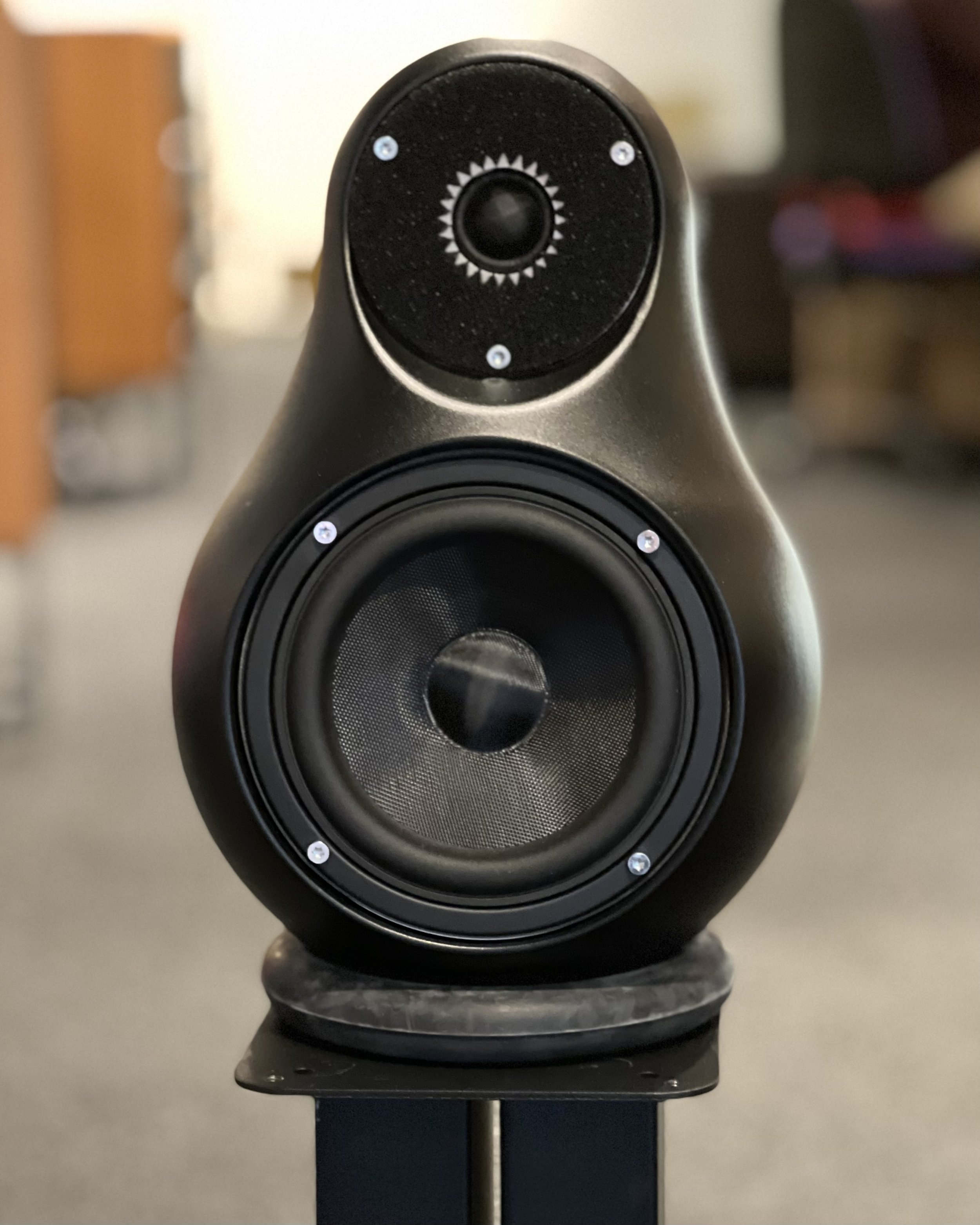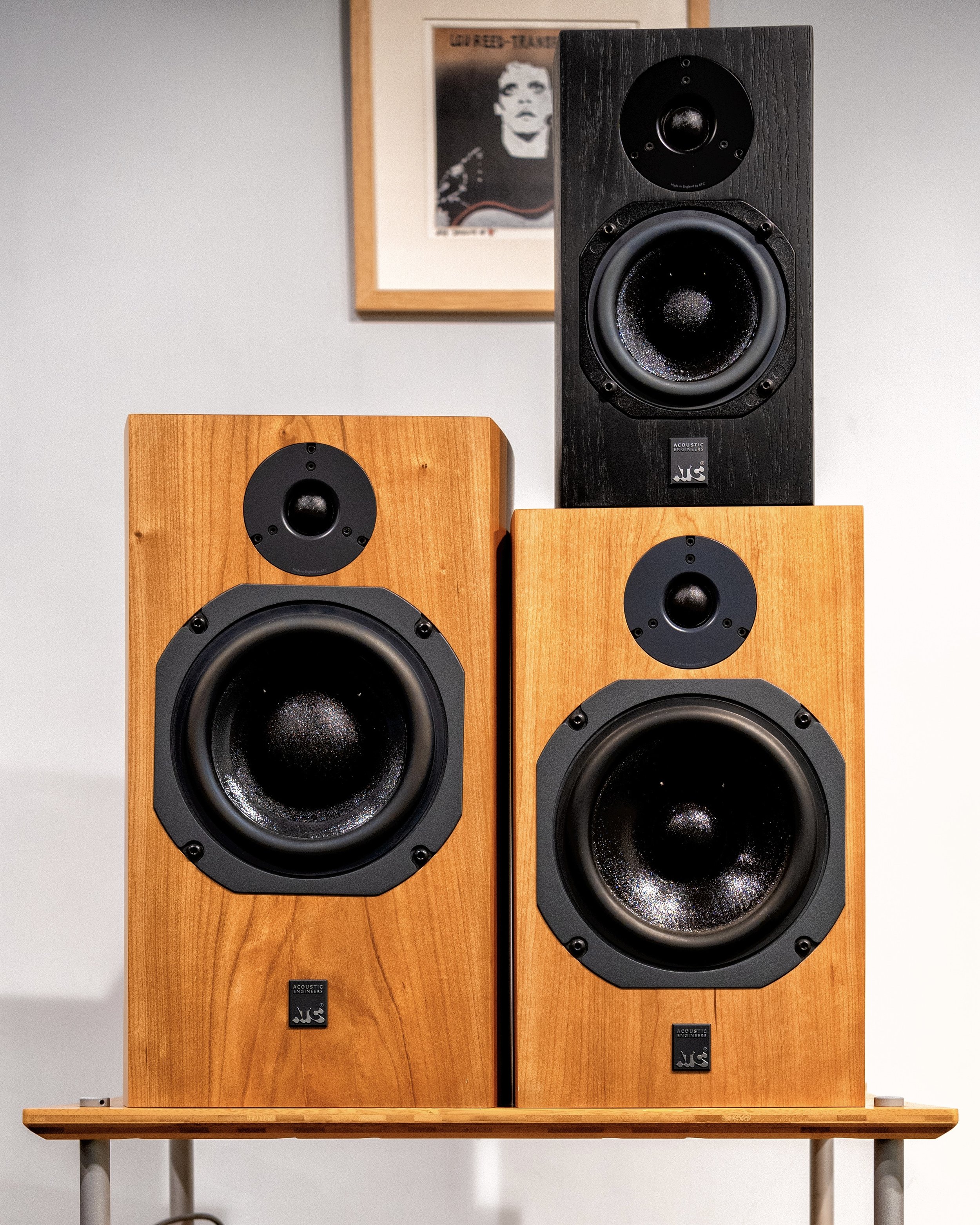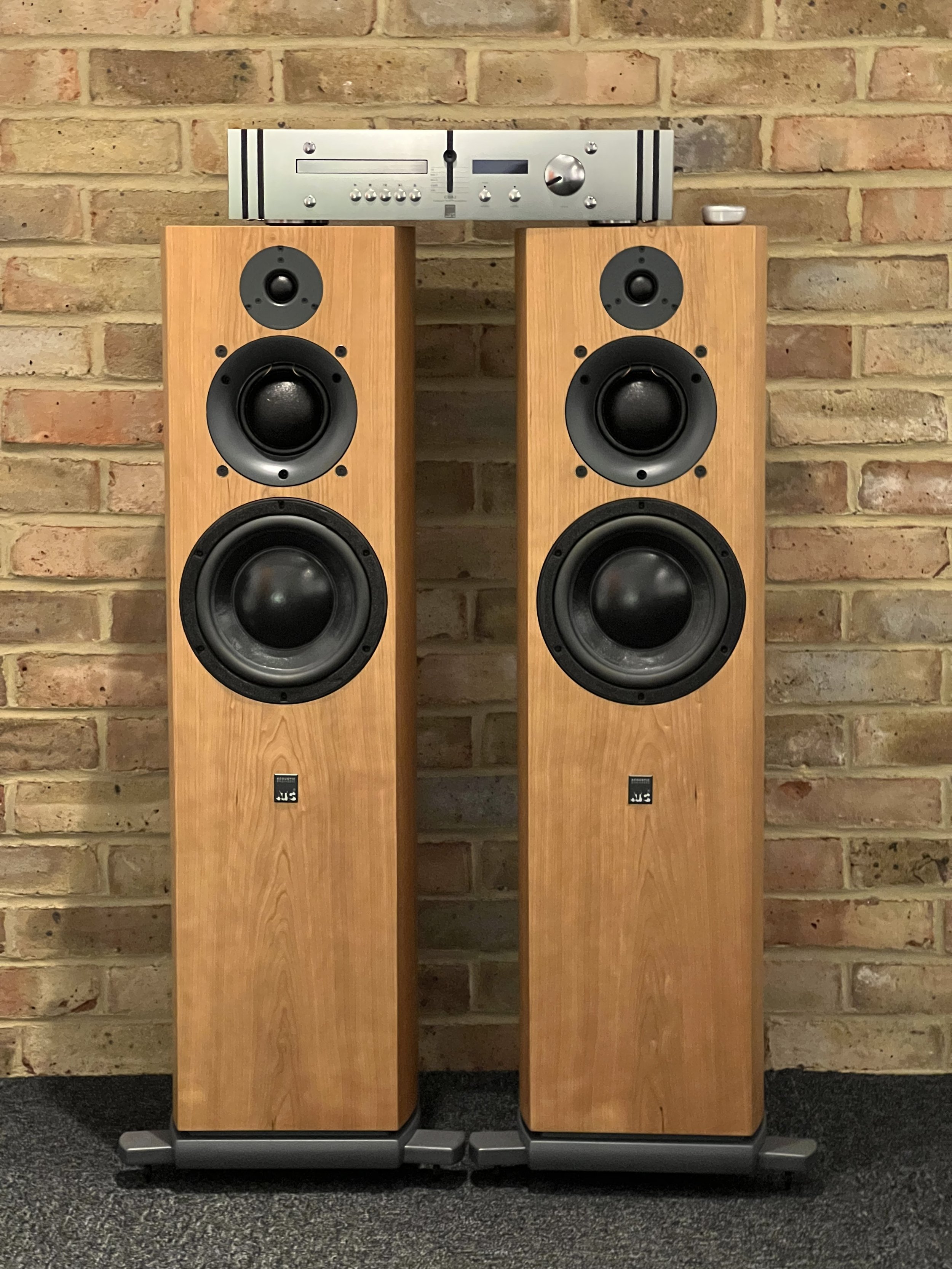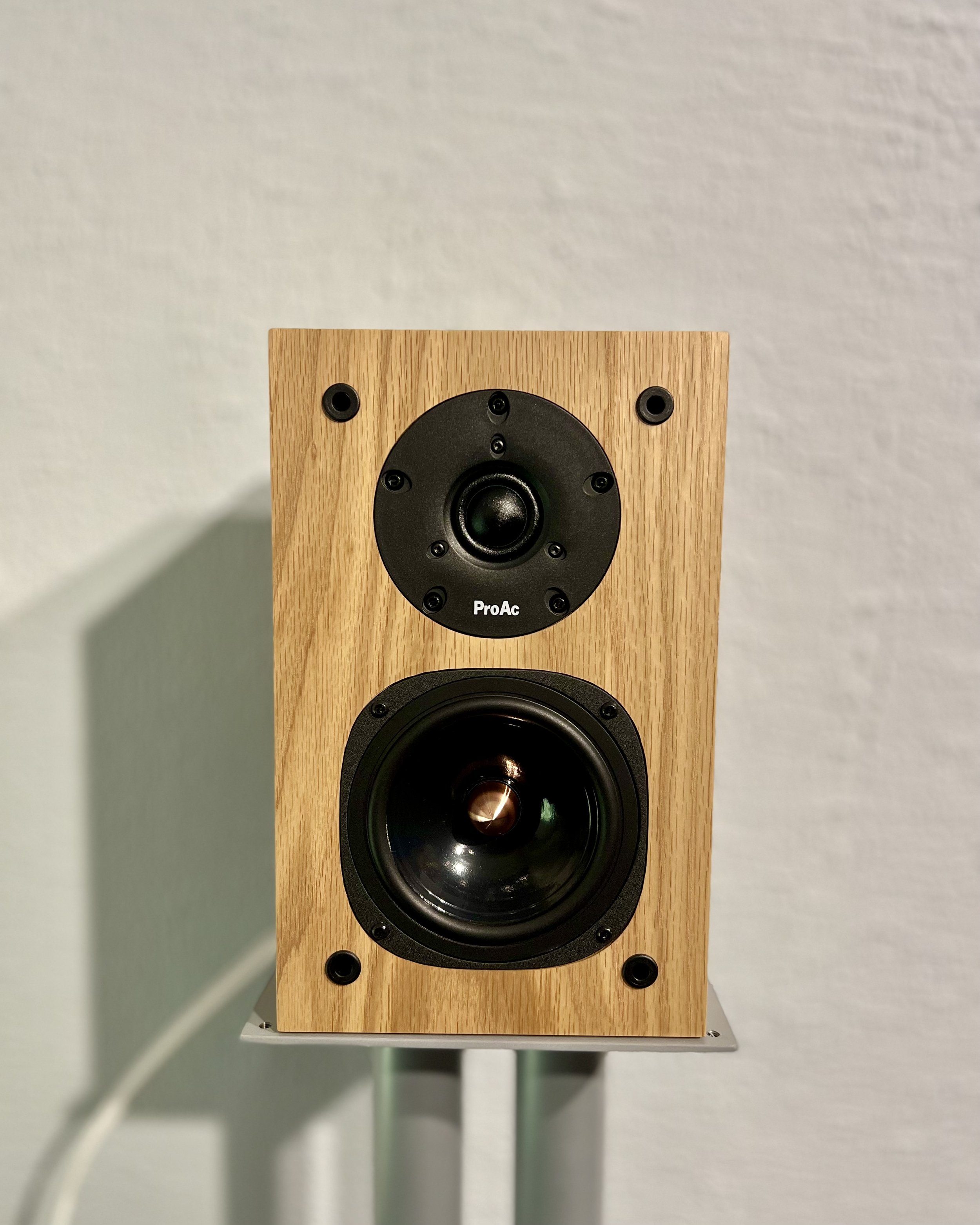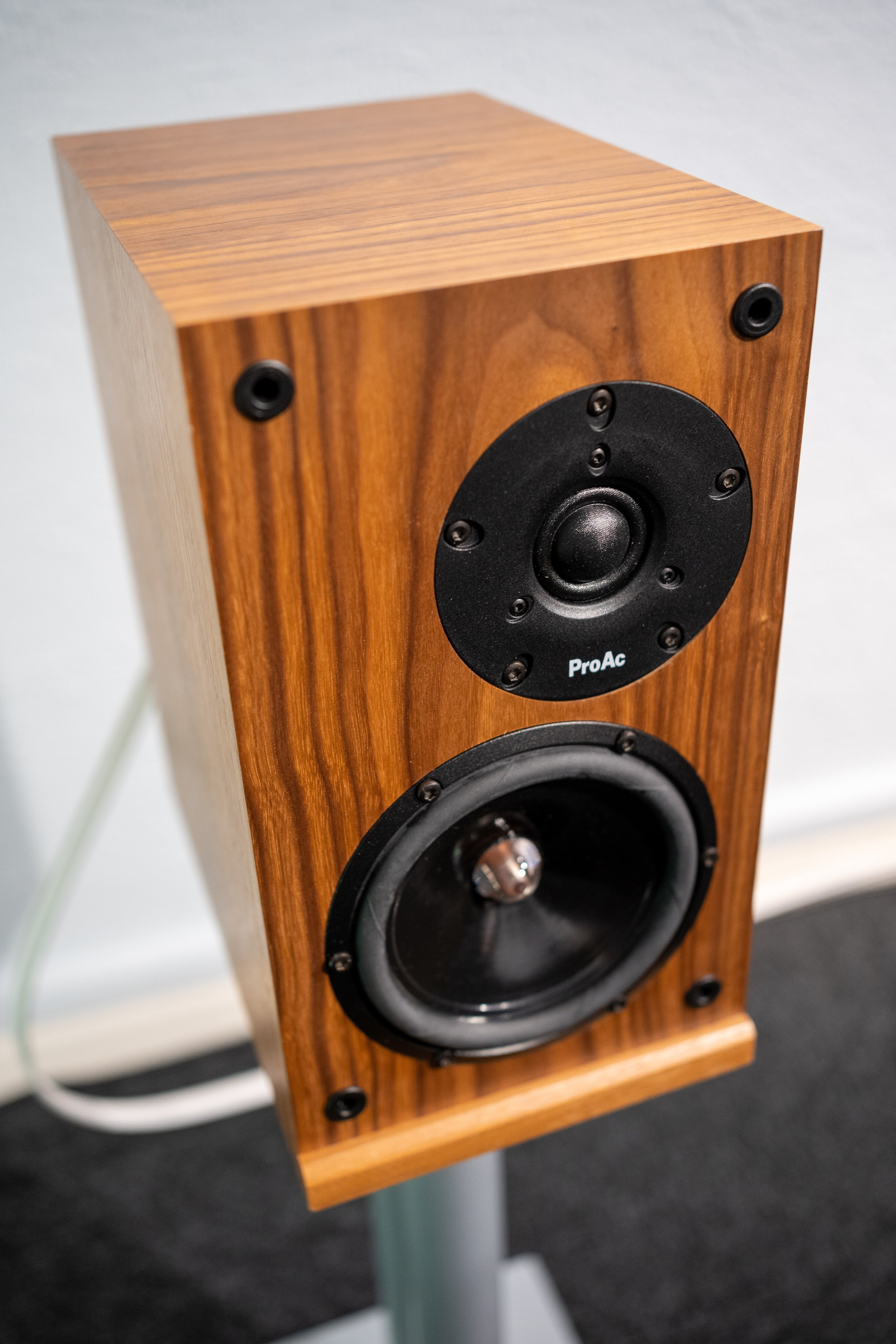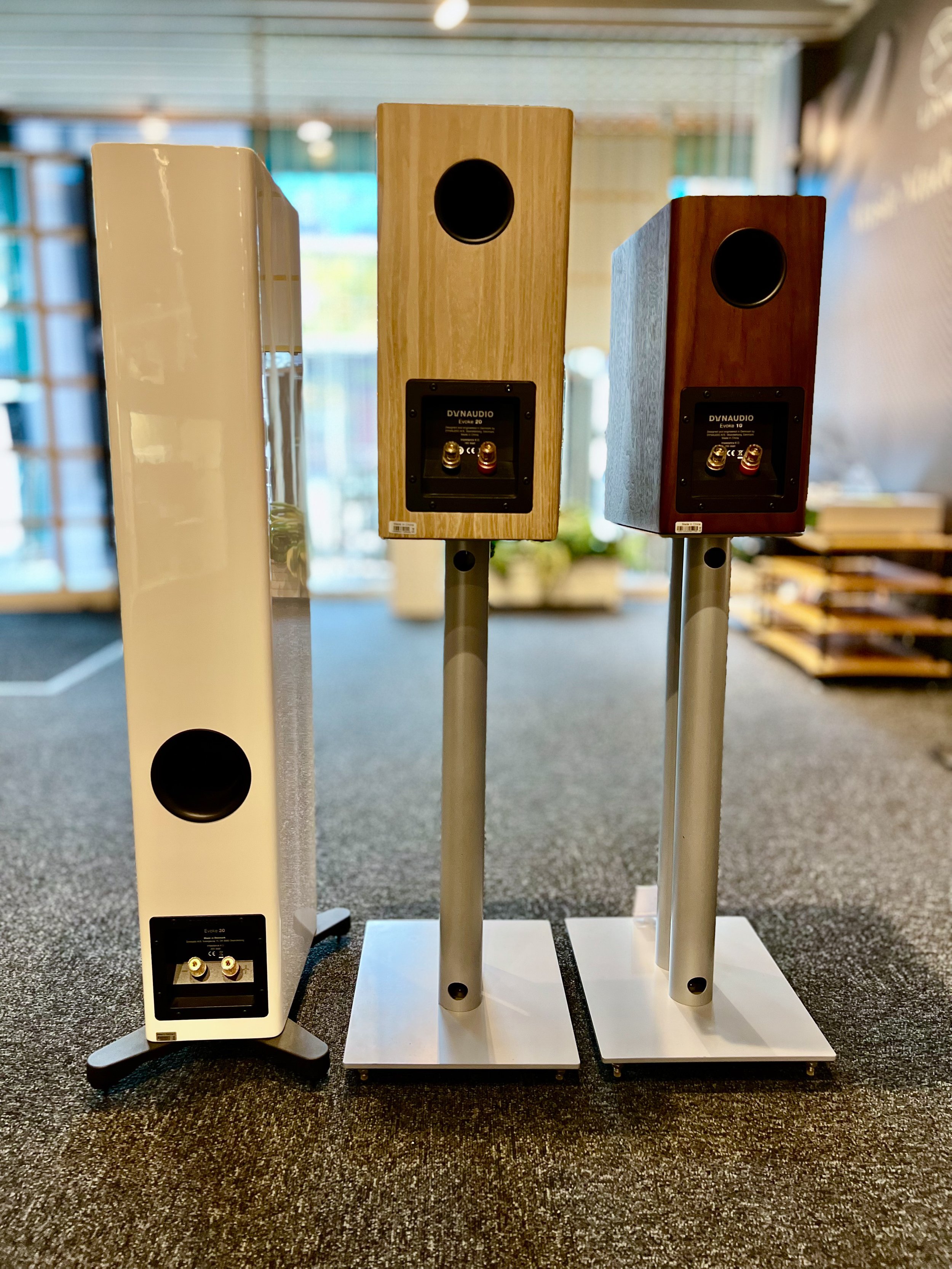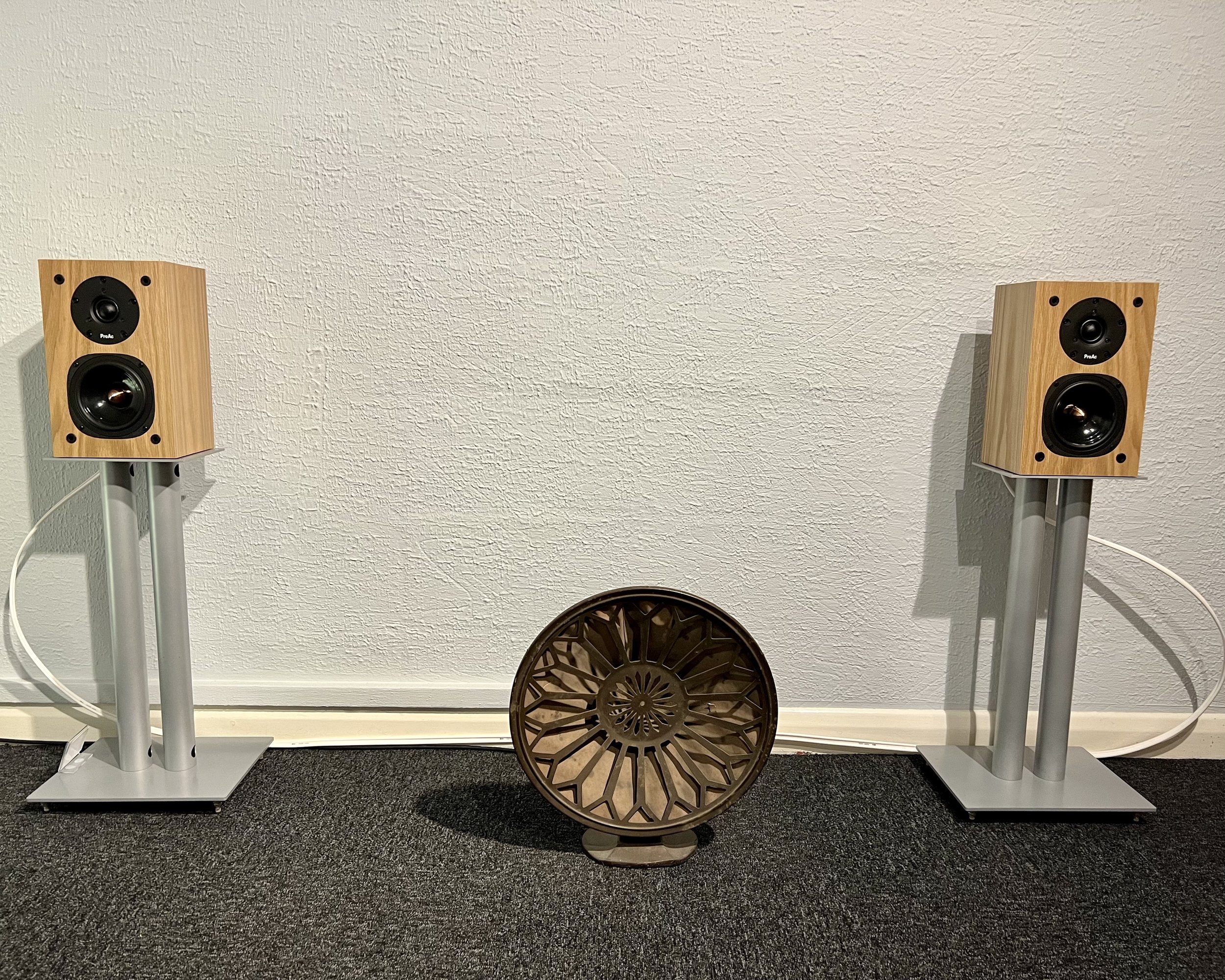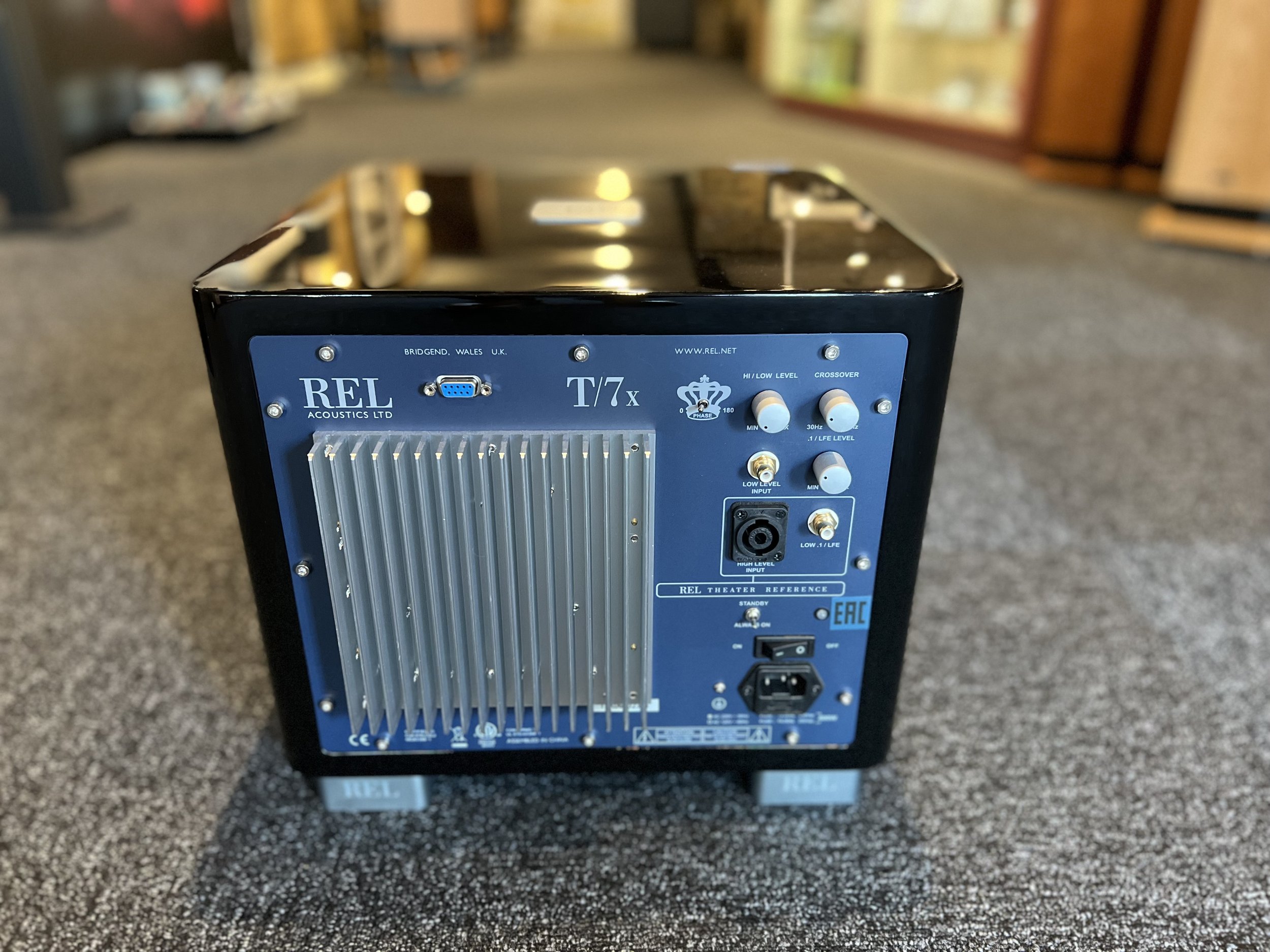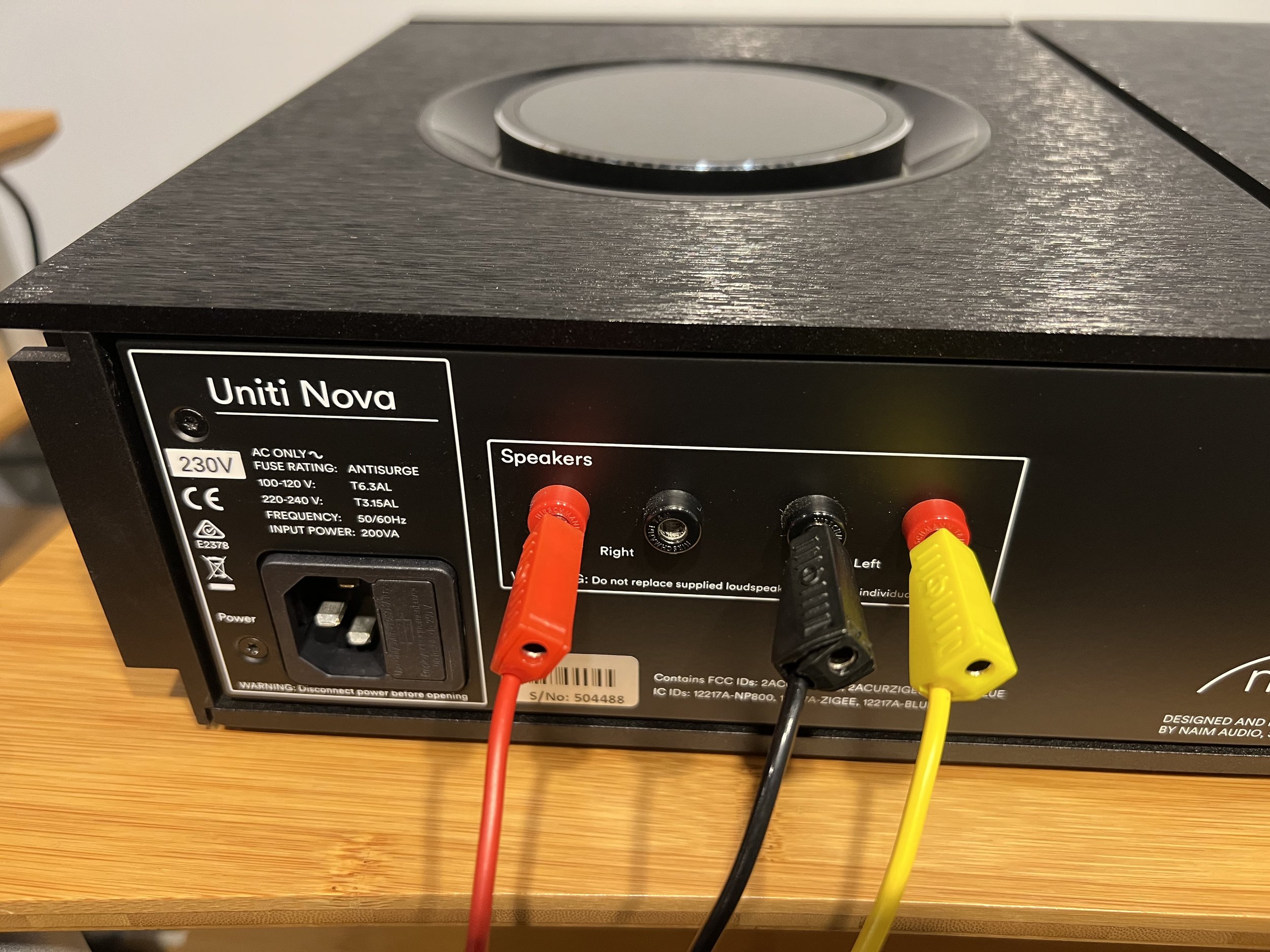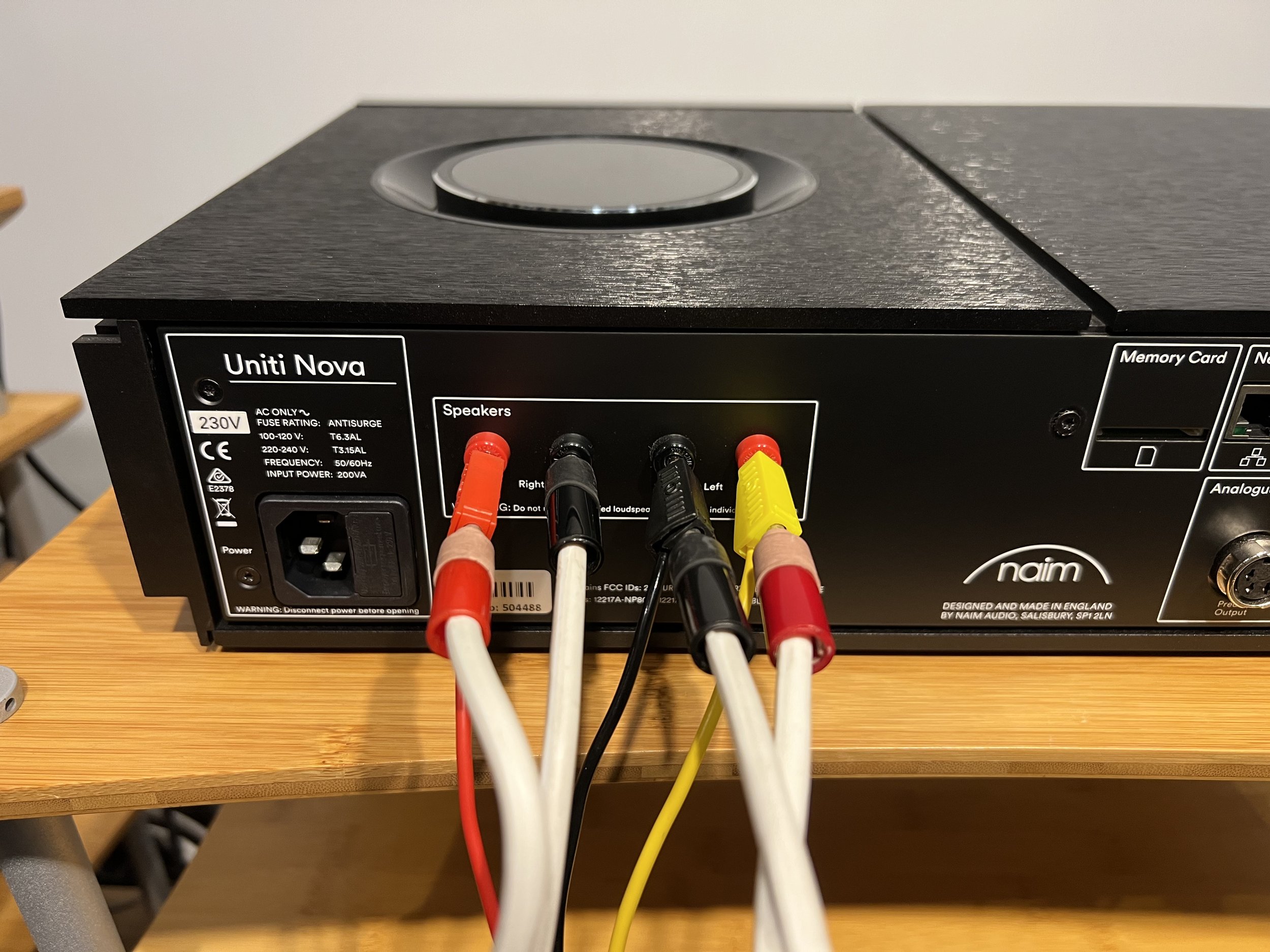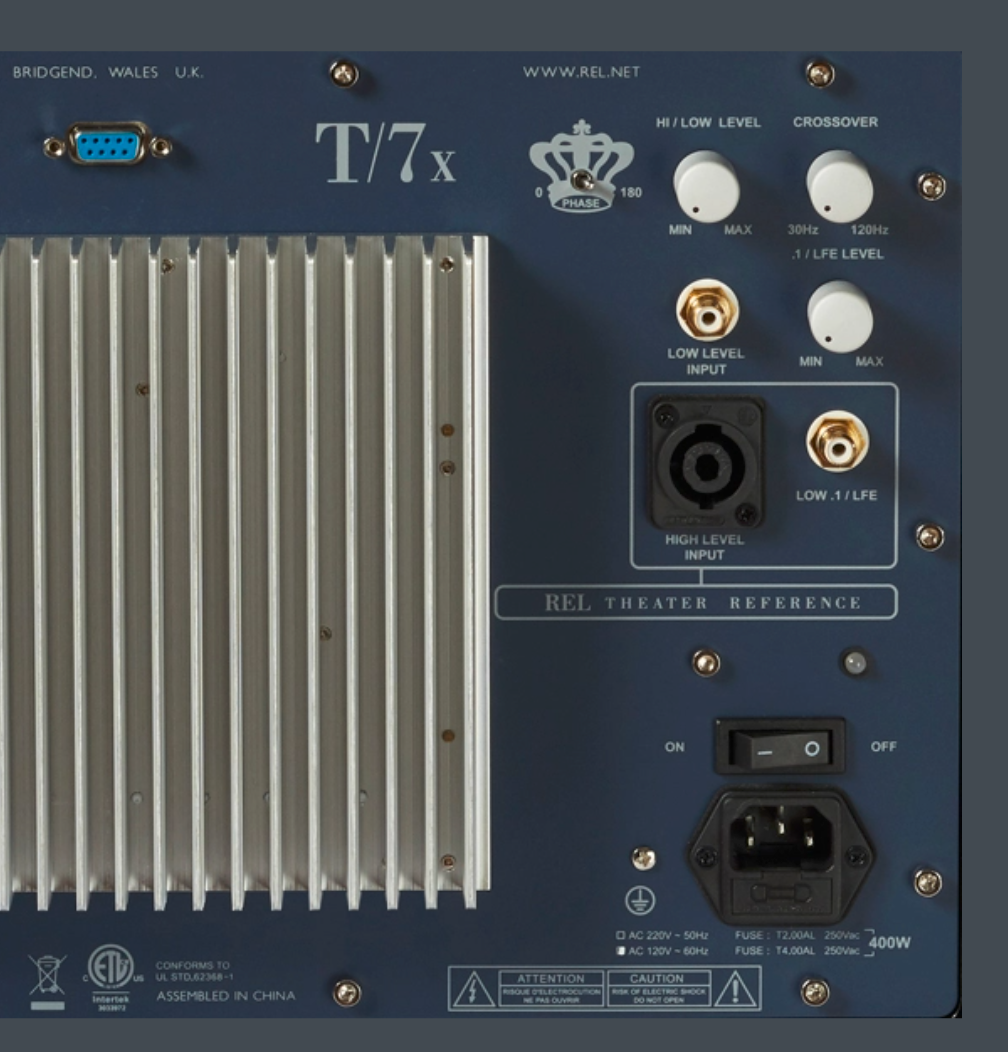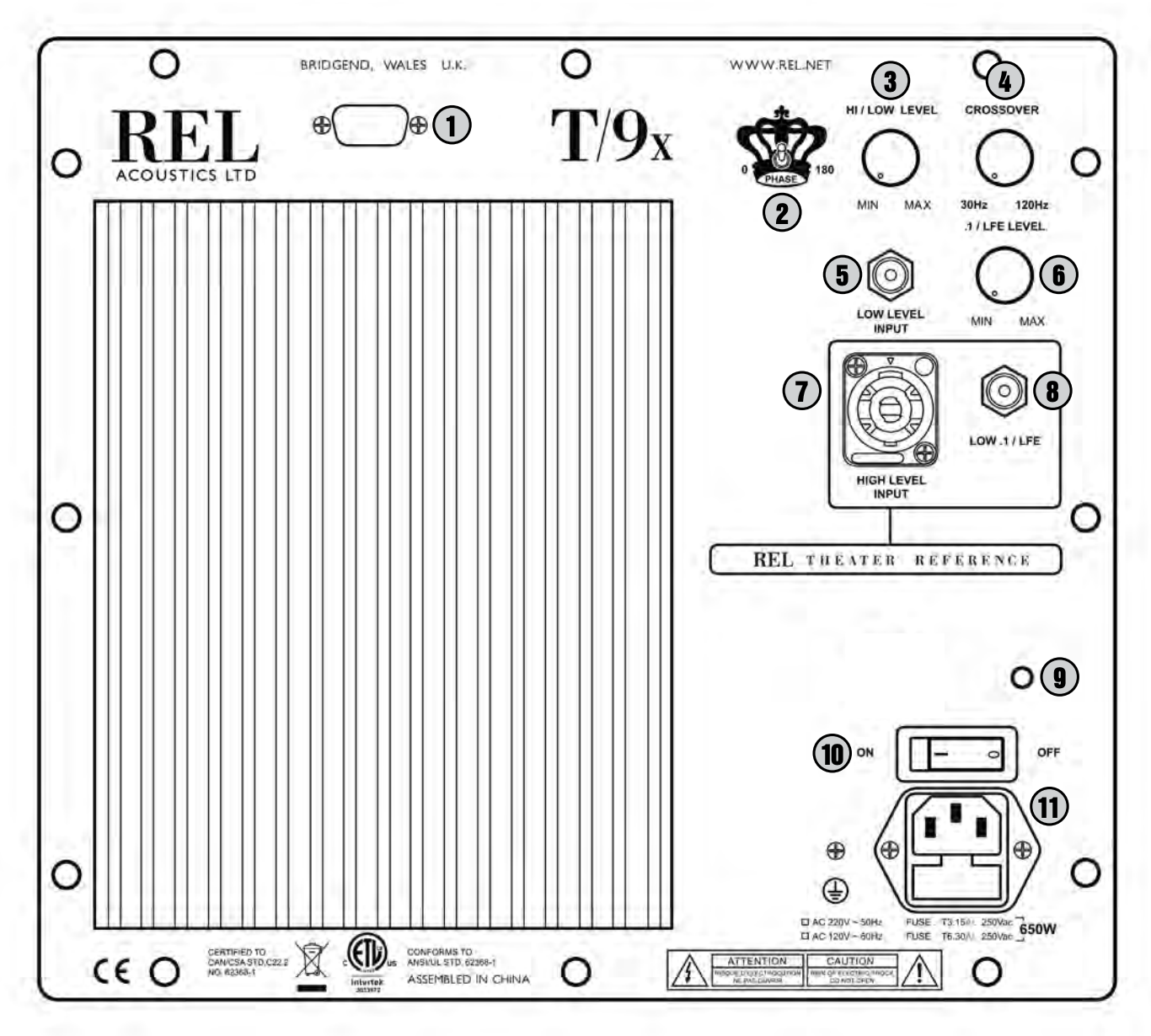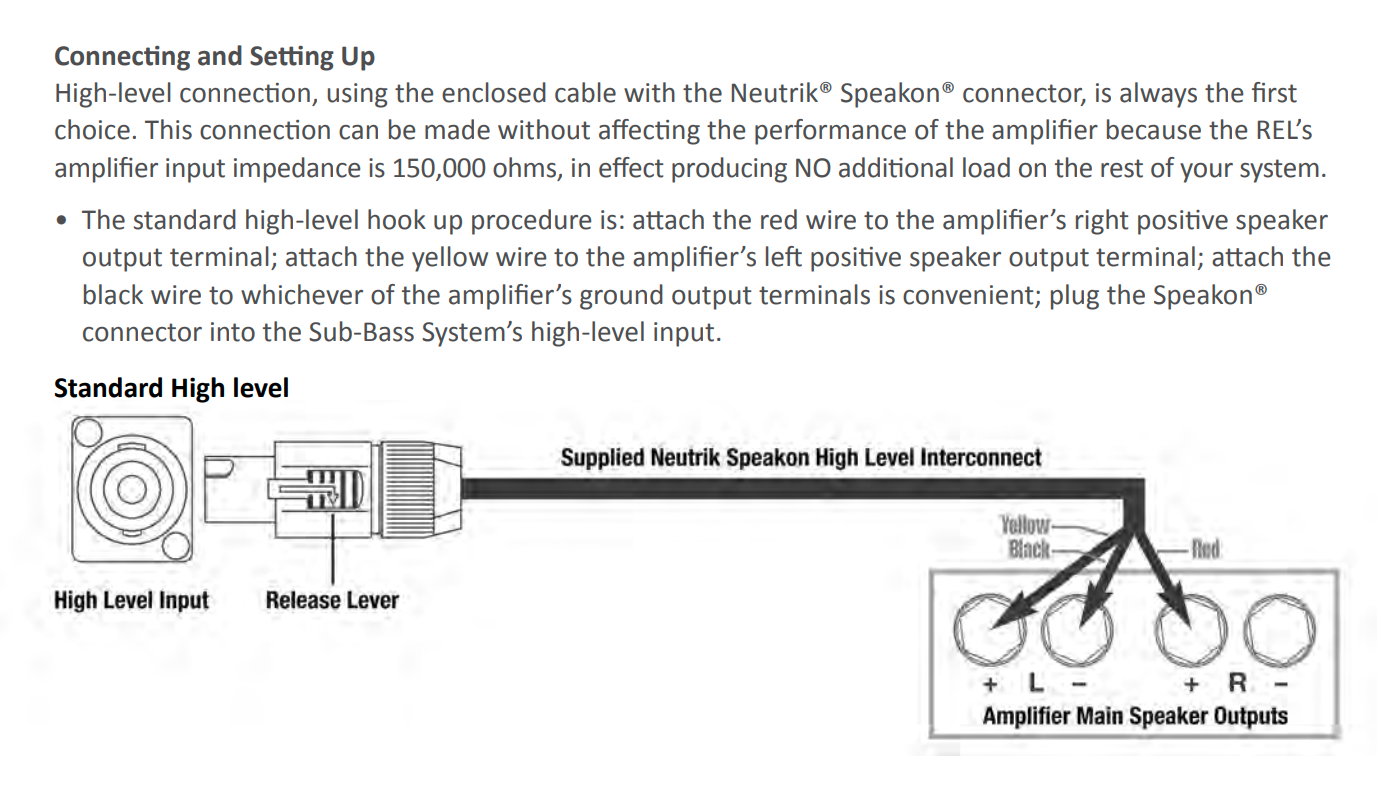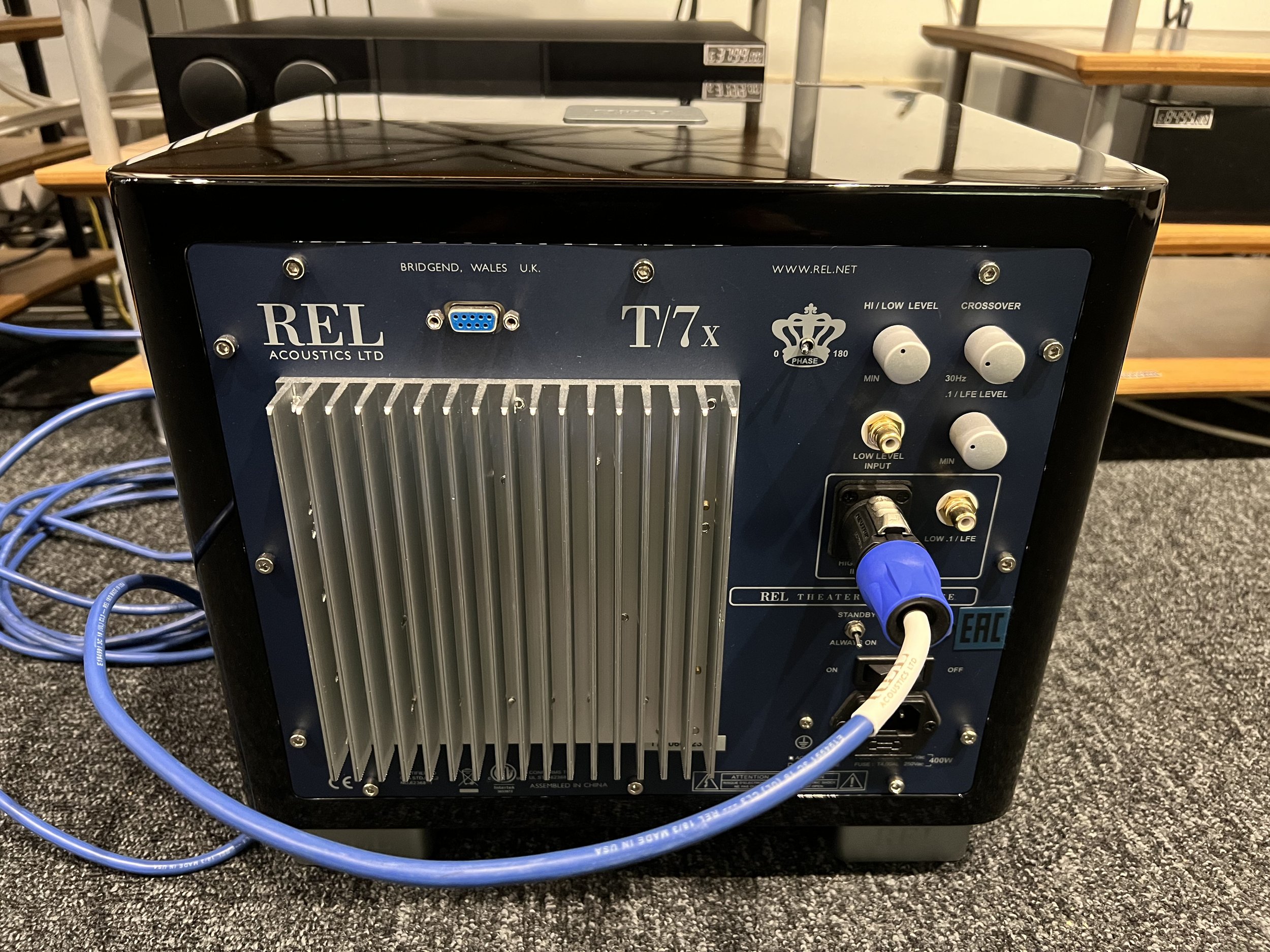Sub Standard Bass Management - Adding a Subwoofer to your Stereo System
/The heading for this month’s article is not meant to be a throwaway, facetious title. However, like the inappropriate use of the apostrophe (or in this case, lack of a hyphen) in the English language, sub-standard understanding makes setting up a speaker & subwoofer pairing all too easy to get wrong.
So this month I thought I’d look at the process of integrating a subwoofer into a home audio system and discuss some of the benefits and advantages of doing so, along with a “scratch the surface” look at the audio science behind it.
It’s all about dat bass...
There is no denying it, the laws of physics are significant when it comes to achieving deep, controlled bass. You often read reviews which claim deep bass from a small enclosure but the old adage, “You can’t fit a quart into a pint pot” holds true, for the most part. In the audio world, size matters! We all hear sound differently, so as the saying goes, your mileage may vary.
In my youth, I remember well, visiting the Concorde 2 live venue on Brighton seafront on a dub reggae night and marvelling at the cabinets, driver size and heart stopping bass! We amused ourselves by trying to find spots in the room with the most nauseating bass. This story may seem a bit passé but it does highlight another factor in bass management, that of room nodes and the acoustics of cancellation or enhancement of certain frequencies that may cause a lack of bass, or more likely, too much “boomy” bass. I’m sure you’re all familiar with occasions where you’ve experienced that!
Different strokes for different folks...
Here at Audio T in Brighton, we have manufacturers with a different take on how to produce bass. Volume of the cabinet is one factor, along with designs that are sealed or ported. Construction materials and the quality of their application also have a factor.
Jern loudspeakers including the Model 11, which made out of cast iron, are an example of the use of a non-conventional material, aside from the usual vinyl/wood veneered MDF or HDF construction.
ATC’s speaker range include: SCM7, SCM11, SCM19’s sealed box(infinite baffle) stand mount designs and SCM40 floorstanders, all have a deliberately limited bass extension in preference for speed and control.
Proac speakers have their Tablette 10 and Tablette 10 Signatures, which are sealed(non-ported) designs, with a similar sound philosophy, albeit with different family tonal flavours to satisfy audiophiles differing sonic palettes.
Proac also have an extensive range of front and rear ported speakers and here at Audio T in Brighton, we are an exclusive Proac dealer in the area, so are pleased to be able to demonstrate speakers such as: Proac DB1, Proac DT8 and Proac D20R, all of which use ported designs to enhance bass reproduction.
Dynaudio speakers, including their Evoke 10’s and Evoke 20’s standmounts, Evoke 30 floorstanders all include bass ports to enhance bass depth.
Top’ n’ tail...
At this point we shall get onto the speaker and subwoofer pairing.
At Audio T in Brighton, we are rather fond of the REL range of subwoofers, including the; REL T-Zero3, REL T5X, REL T7X and REL T9X, all of which have been manufactured with stereo music system integration at the forefront of their design, rather than the bang, crash & wallop that most feel is the purpose of a subwoofer.
For the purpose of today’s experiment, I used the REL T7X subwoofer, joined by a pair of Proac Tablette 10 Signatures as our main speakers. Amplification and streaming is provided by the excellent one-box solution, the Naim Uniti Nova.
Making the connection...
Subwoofers usually come with two types of input; low level inputs using standard RCA connections for giving the thud and clatter associated with explosions in movie playback, or high level speaker connections for music playback. It is the latter that REL recommend and it is this type of connection we are looking at here, as it usually provides better results and is easier to get a balanced, musical sound from.
The diagrams above show the use of a high level input cable called the REL Bassline Blue, appropriately and also conveniently coloured blue. The electrical characteristics of these cables mean that longer lengths of this cable can be used without adversely affecting the amp and speakers at either end of the connection and reduce the chance of hum. These run in a “piggyback” fashion as can be seen above, allowing for easy connection at the amplifier end with traditional banana speaker plugs. You’ll also find some images from the REL manual to assist with the connection procedure.
The Neutrik connectors supplied with the REL Bassline Blue are for connection at the subwoofer end.
The speaker cable we used was standard Naim NAC A5.
Setting it up . . . .
Naim uniti nova connected to a rel t7x using rel bassline blue subwoofer cable
So with the electronics in place and the necessary cables connected, we can get to the nitty-gritty of positioning and tuning the sound of the sub to integrate seamlessly with the speakers.
Before we get to the mechanics of the set-up, a few pointers and sound principles to steer the reader in a the right direction.
“Boom, boom let’s shake the room...”
No, I’m not joking when I say, I’m not going to give your bass a slap if you get this wrong, but most listeners idea of good bass is more quantitative than qualitative. This can be explained by the fact that folks, when not listening to a relatively bass-free sound through their phone speakers or TV, are more attuned to the bass sound coming from a passing car lowrider, than fast, accurate low end reproduction. Acclimatisation to bass sounds resulting from the effects produced by room acoustics, poor positioning of speakers and inappropriate size of speaker for the listening environment are the most common causes of poor bass reproduction and this leads to the normalisation of what bass should, in their opinion, sound like.
So if you want good bass sound, let’s just say, “Where there’s a will there’s a way!”
Dialling it all in...
What’s about to follow is, of course, subject to personal taste, so take this advice with a pinch of salt and use your own ears to decide what works best for you in your setup.
rel t/7X subwoofer
First thing to do is to place the REL T/7X sub in a position that maximises its bass pressurisation of the room. This is the way REL have designed their subwoofers and will usually be in a corner of the room, as shown in the picture, or along one of the side walls, a few feet away from the corner but not too far away, because the REL T7/X has been designed to use the room acoustics to enhance the bass response.
Be patient with the positioning process and tune with your ears because a few centimetres here and there can make all the difference. The best placement for the sub may be subject to room dimensions, shape and furniture placement, and may require more than one subwoofer to do the job properly. Two small ones may well be better than one big one in this scenario.
Dave Taylor, our man from REL (and when he wasn’t drinking all our coffee!) assisted me in the process of setting up the REL T7/X, so I thank him for his expertise and music selection during the following setup process.
Musical choices for the REL T7X subwoofer setup can be found here.
I would add that, as the personal owner of a Naim Uniti Nova, Proac Tablette 10 Signatures and an “oldie but goodie” REL Stampede subwoofer that I’ve owned for 20 years plus, I do have some prior knowledge of the setup process, especially in relation to the components mentioned in this blog. However, the newer REL subs have come on some way in recent years, with a faster response and with lower latency, so they should prove superior sonically. I was also interested to see if the process differed from my own and if the results were a step forward, eyeing up a future upgrade for myself.
Steps...
1) Find some music with a repetitive pulsating low bass response and start it playing. Turn up your main hi-fi amp, in our case the Naim Uniti Nova, to a reasonable level. At this point you may not be able to hear the deep pulsating bass notes through the main speakers because of the nature of your music choice. We certainly couldn’t through our Proac Tablette 10 Signatures.
2) Switch on the already connected REL T7X subwoofer and listen until the deep bass notes can be felt and heard through the sub by setting the Hi/Low level and crossover dials to a starting position of around 11 o’clock. You shouldn’t need to rotate these two dials much further than this, assuming you have positioned the sub well enough.
3) Hopefully, you should now hear the deep bass line. Although this may be way too loud for enjoyable music listening at this stage, don’t worry, as this will be adjusted later. Now toggle the phase switch between 0 degrees and 180 degrees to see which one is the loudest setting of the two.
Remember that, at this point, we are tuning the sub so we can hear it and then we’ll re-adjust the settings later until you can’t. If that seems a bit strange, I’ll elaborate more later. It is also useful to have someone else present to help with the tuning process because it does require getting up and down out of your seating position quite a lot if you are on your lonesome.
4) Once the phase has been set, the crossover frequency can now be dialled in. It helps to have some idea of what your speakers lower level frequency response roll-off is. The -3db bass response roll-off for the Proac Tablette 10 Signatures is stated as 55Hz on the Proac website. Try setting the sub crossover to around the same frequency and listen for how the sub blends with the main speakers. Adjust the crossover frequency accordingly.
5) Once you are happy with the blend, you may find the sub contributes a little too much to the overall sound, so alter the Hi/Low level dial to back off on the sub so that you can no longer “hear” the sub. This stage may well need to be tweaked by playing a few different tracks with a good bass line to settle at your final adjustment.
A couple of final points to remember. You shouldn’t even know there is a subwoofer in place until you turn it off, when a couple of things will tend to be noticeably different.
Is it working?
Subwoofers do have their detractors, especially from hi-fi purists, but the “thud thud” heard during film soundtracks and the sound from drive-by bass addicts are far removed from seamless integration into a hi-fi system focussing on music reproduction. Final adjustments don’t have to be set in stone and are subjectively open to interpretation. After all, it’s your sub and you can choose your own filling!
From an objective point of view, if set up properly, the differences are undeniable. Whether for better or for worse remember you aren’t married to a subwoofer, so subtle tweaks can be made as your ears adjust to the changes.
Firstly, when the subwoofer is turned off, you should notice that the music will lose “body” and not sound so full-range or sonically balanced as before. The really deep bass will be noticeable by its absence and your system may sound “thin” in comparison.
Secondly, when the subwoofer is on, you should notice a change in the soundstage, with some more “air” and space around instruments and vocals, in particular. This second feature of good sub integration is slightly counterintuitive because one expects the sub to do only bass. In fact, for some listeners, it is the improvement to the midrange and treble that are the biggest winners when it comes to subwoofer integration. The scientific reasoning behind these changes in sound may well be down to harmonics, which are the effects of multiples of a frequency of vibration having subtle complementary effects further on up the frequency range.
These harmonics can also be detrimental and heard when speaker/room mismatching issues rear their ugly head, in the form of room “nodes”, especially with exaggerated bass frequencies, leading to the “boomy” bass mentioned earlier on in this blog. Using smaller satellite speakers with a well integrated sub, could be an effective way to ameliorate these problems.
Sound principles...
We haven’t even touched on room treatments in this article, so I’ll briefly outline some other factors to consider in the overall setup of your system.
Some rooms are notoriously difficult to get right. Whether it be down to the room size being too big or too small for the speakers used, the room dimensions and/or shape of the room or the amount and type of soft furnishings being used, there are a multitude of factors to listen out for before making big financial commitments on hi-fi purchases. Like a good football team, you cannot just throw money at it and expect it to get results, although it helps. Good management and a handy Pep Guardiola will allow well informed decisions to be made.
Here at Audio T, we’re on hand to help you manage those decisions before making your purchase. We can offer a premier level of service and expertise, so pop in and let us help you with your hi-fi choices.
Thanks for reading - Ade - Audio T Brighton
If you have any questions about any of the equipment featured in this article, or any other Hi-Fi or home cinema enquiries, be sure to Contact Us.
If you’ve enjoyed this, why not go ahead and read some more of our other blogs, and be sure to follow us on our social media channels below…
Naim can be found at the following Audio T stores -
REL can be found at the following Audio T stores
Dynaudio can be found at the following Audio T stores


